From Alexander II to Stolypin: the 30 anniversary of the Russian terror
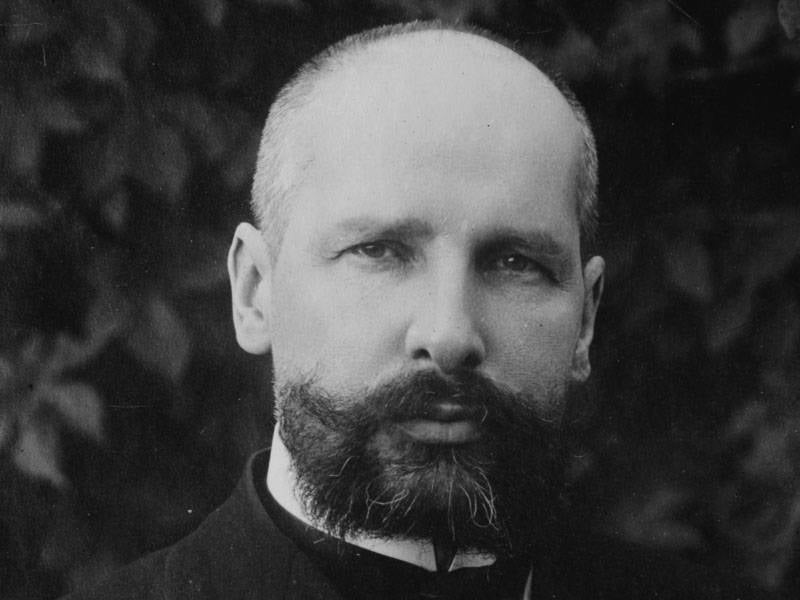
13 September 1911, the murder of Stolypin in Kiev, ended the thirty-year period of revolutionary terror, which began with the murder of Alexander II in 1881.
The centenary of the death of Russian Prime Minister Peter Stolypin in Kiev will be celebrated solemnly. Scheduled a series of memorable events. A scientific conference dedicated to Peter Arkadyevich will be held. On Saturday evening, the Russian embassy in Kiev gives a reception timed to coincide with the centenary of the fatal shot at the Kiev Opera. An exhibition of archival documents related to Stolypin’s activities will be opened at the Monastery Building. A memorial service will be held at the tomb of the prime minister-reformer. Stolypin, who had a premonition for death, bequeathed to bury himself where she caught up with him. Has overtaken in Kiev - in "mothers of Russian cities". In this paradoxical way, our city was forever connected with the last great prime minister of the pre-revolutionary empire, who defended the principle of unity and greatness of Russia.
Stolypin was really great. The prime hero, who was not afraid of the bombs of terrorists, nor the murmur and intrigues of the court camarilla. He undertook to save tsarist Russia, when everyone around Nicholas II was surrounded. Lost war with Japan. Half-mad pop Gapon leading the crowd to the Winter Palace. Captured by revolutionaries Moscow. A futile attempt to extinguish the ferment of minds with the royal manifesto of 17 in October 1905. The appointment of the head of government to the well-known financier-liberal Sergei Witte, confused before the riot of the crowd. Last minute estates of landowners. Uprisings on the battleship Potemkin and the cruiser Ochakov. There was excitement (almost a riot!) Even in the first battalion of the Preobrazhensky regiment - the oldest regiment of the guard! The thing is unimaginable! The revolution blazed with fire and spread like a flood. No one seemed to be able to stop her.
"REACTION COLUMNS". And suddenly there were people who, in a few months, had driven the monster of the rebellion that had broken free, back into the cage. Their names to most of our contemporaries do not say anything: admirals Dubasov and Chukhnin, generals Min and Rennenkampf. Decades of Soviet propaganda erased them from memory or tried to turn them into "bloody monsters of reaction." Stayed in stories only Stolypin as a symbol of this brilliant, in my opinion, “reaction” that gave us the Silver Age of Russian poetry, Diaghilev’s ballet seasons in Paris, the birth of the Russian aviation, modern in architecture and the first and last Russian battleships (the USSR never built a single one, using the “legacy” of the tsarist regime). All of this last pre-revolutionary upsurge of Russian culture and technology preceding 1917, we received only thanks to them - the “stranglers” and “obscurantists” of 1905, who were neither stranglers nor obscurantists, but were simply honest and loyal state officials who accepted the tragic your lot as a high reward.
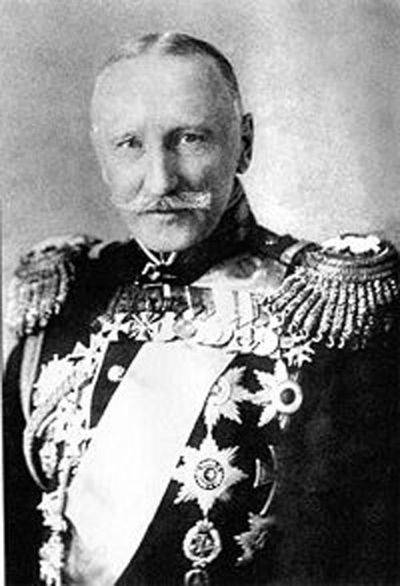
Dubasov and Min ended the riot in Moscow. Then, on the anniversary of the Moscow uprising, the Social Revolutionaries in Dubasov, right in the Tauride Garden in St. Petersburg, threw a bomb full of nails, and 13 was shot at it once. All bullets passed by! The admiral also asked the king to have mercy on two unfortunate terrorists - Vorobyov and Berezin. Georgy Mina, the hero of the Russian-Turkish war, the commander of the Semyonovsky regiment who dispersed the militants on Presnya, shot four shots in the back of the Socialist-Revolutionary Konoplyannikov at a suburban railway station near St. Petersburg.
Attempted and Chukhnin, who caught from the Sevastopol water dismissed from fleet due to progressive nervous breakdown, Lieutenant Schmidt, who rebelled on Ochakovo. At first they attempted unsuccessfully (a young lady with a revolver, posing as a supplicant, came to the office to receive Chukhnin), and then in 1906 they shot him in Sevastopol at her own dacha. Rennenkampf, who did away with the unrest on the Trans-Siberian Railway, where revolutionary committee members committed atrocities, was tortured already in 1918 in Taganrog after the October Revolution. The combat 64-year-old general, the jovial and the brave man was shot for refusing to join the Red Army, after having previously stabbed his eyes out with a bayonet.
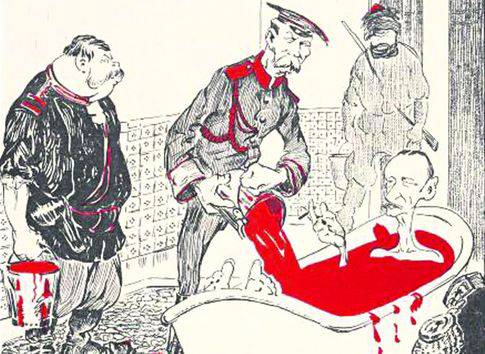
I tell all this so that the reader will understand the situation in which Stolypin had to act. Being a governor then meant becoming a candidate for death row. The post of the Minister of Internal Affairs assumed daily risk of life — Interior Minister Pleve, the Social Revolutionaries led by Savinkov, was blown up in St. Petersburg in 1904. And this was precisely the position with which Stolypin began his capital career. None of them by and large did not protect. Family ties, of course, were. Stolypin - the oldest Russian noble family. The future prime minister was a relative of the poet Lermontov. But if the revolution had not happened, he would not have stepped above the post of the Saratov governor.
TAKEOFF. In the days of turmoil, sensible and decisive administrators were, as always, in front of each other, in contrast to the stagnant eras, when every b ... climbs into the heads. The sudden rise of Stolypin still causes no less controversy than his mysterious death. Meanwhile, it is explained simply. Nicholas II was impressed by courageous determined people.
The energy with which Pyotr Arkadyevich suppressed the unrest in Saratov, the interpretation of his reports impressed the emperor. After the death of Plehve, there were not many hunters to go under the bullets of terrorists for the post of Minister of the Interior. The king found that this is a chair under the bullets just for Stolypin, and he, being a faithful servant of the throne, agreed. Then it turned out that in the midst of a revolution at the head of the government, we need not a financial schemer, an expert on the gold standards of the ruble, who washed out all of Russia's gold reserves abroad, like Witte, namely, the Minister of the Interior — the country's chief police officer. Witte, dismissed, will hate Stolypin until the end of his days. But the truth was that Stolypin’s choice turned out to be the main success in the cadre policy of Nicholas II.
The emperor needed his Bismarck. Or Cardinal Richelieu. Intelligent and gentle, who loved, first and foremost, the family, the society of guards officers and the humorous tales of Taffy and Averchenko, the last king was a ruler in the spirit of Louis XIII or the German Kaiser Wilhelm I. He needed an intelligent and honest "manager" imperial estate. Pyotr Stolypin turned out to be the person he was looking for. Translated from Greek, Peter means "stone." Behind Stolypin, Nicholas II was like a stone wall.
The revolution did not subside. The First Duma convened was not so much a body of parliamentarism as the talker for the patrons of those who killed officials and officers on the streets. One of the first measures of the new prime minister was the introduction of field courts. A jury trial operated in Russia - the most humane and “just” in the world. He could acquit a notorious criminal, even if he was caught with weapons in hands, as the murderer of general Trepov Vera Zasulich. It required a different court, which revolutionaries would really fear.
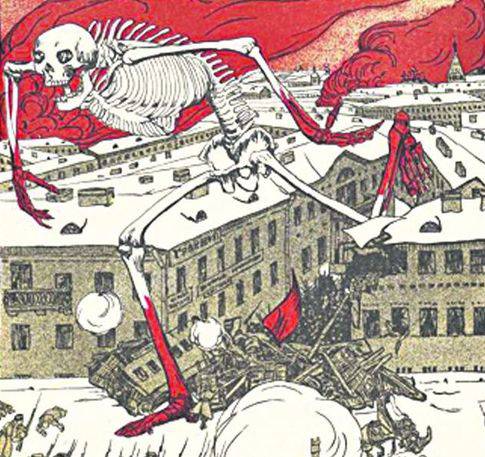
THE COURT IS QUICK AND FAIR. “The law on field courts, which was preceded by a long list of terrorist acts,” wrote S.N. Oldenburg, the best historian of the Nikolaev reign, “introduced, as a temporary measure, special courts from officers who were in charge only of cases where the crime was obvious. The trial took place within 24 hours after the act of murder or armed robbery; the case could last no more than two days; and the sentence was carried out in 24 hours; between crime and punishment, therefore, no more than 3 — 4 days passed. It was a harsh measure "...
By the way, the very assassin of Stolypin’s murderer Dmitry Bogrov will be betrayed to such a court in 1911. The haste with which this terrorist was executed will later give rise to many conspiracy theories. They will talk about the "conspiracy of the gendarmes", that Stolypin was "ordered" by his rivals from the court circles, who were trying to put their candidate in his place, even wrote about Rasputin's involvement in the terrorist act in the Kiev opera ... Like if it were different, Bogrov would not be hung so fast, as if wishing to cover their tracks. But all this “versioning” was and will remain a leisurely fiction based on an elementary ignorance of the rules of criminal law in force in the Russian Empire of the Stolypin era. Bogrov and had to hang in a matter of days - the very three or four, about which Oldenburg wrote. The murderer was caught with a gun in his hand at the crime scene, eyewitness was a whole theater from the stalls to the gallery! His actions fell only under the law of field courts. And the Russian Empire was a legal state, reading the letter of the law. No need to confuse it with a gang of robbers, hanging on their own, who and how they want. Nobody could change this order - not even the king himself.
For this reason, Bogrov, who was arrested on the day of the assassination of 1 in September (13 in September in accordance with the new style), was executed on 13 in September (25 in accordance with Art.). The investigation over him and so it went slowly, more than ever, with all possible thoroughness - more than a week! On the ninth of September, at four o'clock in the afternoon, the meeting of the military court in the Bogrov case began in Kosom Kaponir. The sentence was pronounced at the tenth hour — the death penalty by hanging.
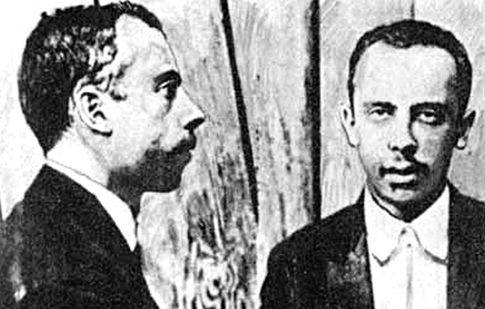
Since the murderer refused the right to appeal, the sentence was confirmed (that is, approved) in 24 hours - September 10, at ten o'clock in the evening. He should have been executed immediately. But this day fell on Saturday, and in tsarist Russia it was not customary to execute "on Sunday".
It is possible that the fact that Bogrov was a Jew also played a role in delaying the penalty for the day. Execute him on Saturday, immediately after the sentencing, the judges considered inappropriate - this could be interpreted as an intention to insult the Jewish religion. And the government of the Russian Empire tried not to demean the religious feelings of its subjects - and the Orthodox, who would have been outraged by the fact that the bastard was hanged on the eve of Sunday or Sunday, and the Jews celebrating Shabbat on Saturday.
Therefore, we had to wait until Monday, September 12. As soon as all the conventions had passed, Bogrov was executed, immediately after midnight, after dark at two o'clock in the morning. The gallows was installed on Bald Mountain (in the area of the current metro station "Vydubychi"). Today, all of the current Kiev elite ride past her to Koncha-Zaspa, not even suspecting that the 25 of September 1911 of the year happened here. The criminal was brought under a torchlight to the gallows, a shroud was thrown over his head, a loop, and then the executioner-volunteer taken from prisoners of the Lukyanovskaya prison, knocked a stool out from under his feet. The witnesses waited for the 15 minutes according to the law, and when Bogrov stopped twitching, one of them said: "I suppose they won't shoot anymore."
Thus, the murderer of Stolypin was executed by the Stolypin court - the prime minister, who was the guardian of the rule of law, did not leave his post even after his death. The law on field courts, introduced to curb the most "vivid" manifestations of the revolution, "curbed" the villain, who had no equal in impudence for thirty years. There is no reason for any conspiracy theories if you know the elementary rules of the then judicial procedure against terrorists.
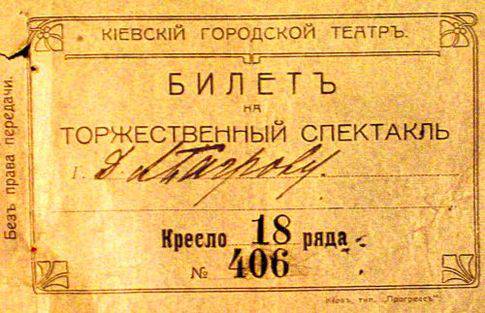
FINAL INDIVIDUAL TERROR. What is most surprising is that it was after Stolypin’s death that the individual revolutionary terror as a phenomenon in Russia ended. It does not matter who stood behind Bogrov specifically. It is important that two shots at the Kiev Opera put a colon in a long period of Russian history, which began in the 1881 year, the murder of Alexander II. That was exactly the colon. The conclusion of the revolution should have been: “It is pointless to exterminate individual kings and their servants: it’s time to move on to the destruction of entire classes.” According to this conclusion, after the historical colon, Lenin, Sverdlovsk, Dzerzhinsky, Trotsky, Uritsky, Volodarsky and other heirs of the Bogrov case will become active in the 1917 year. Individual terror will be massive.
Nevertheless, there is one lesson in Stolypin’s death that any historical figure who wants to enter history as a victor and not a victim should remember. Do not give orders to bury yourself where you are killed. It seems to prejudge the end. In the biographies of many figures of the Nikolaev reign there is this doom. Rear Admiral Vitgeft, who led the Russian squadron into battle with the Japanese 28 July 1904, told his flag officer: "I don't care where they kill me." He stood heroically on the open bridge almost until the end of the battle. And almost won when the Japanese shell tore it apart. In the same way, without covering the armor, the whole battle and his opponent, Admiral Togo, were spent. People were falling around him, but the Japanese admiral was like a conspiracy. He firmly believed in what heaven intended to WIN. “We will all die, but we will not surrender,” said the officers of the battleship Alexander III, going to Tsushima. They all did not give up, but they all died with their ship. Inner doom of Stolypin was of the same kind. He seemed to attract two bullets from the Bogrov Browning.
Sometimes I want to shout out to Stolypin after a century: “Peter Arkadyevich, do not go to this damned Kiev opera - take care of yourself!”. It is not true that Nicholas II treated the head of his government without due attention. On the difficult days of 1906’s summer, after the assassination of Stolypin on Aptekarsky Island, when two unidentified men came to his dacha, threw bombs of unprecedented power and killed 27 people, and 32 was injured (including 14, the premier’s daughter, who was always crippled and a three-year-old son), the king personally insisted that Stolypin and his family move to the Winter Palace. It was there that Pyotr Arkadievich prepared his reform program, which knocked the spirit out of the revolution. He won. So what was this doom for? This, if you will, “love” for death, so often peculiar to the best and noblest Russian people.
After all, the prime minister's killer was a pathetic gambler, a nonentity, an empty place, devoid of any talent. He remained in history only because of his crime. He was born in Kiev in a rich family. His father was a well-known lawyer, the owner of a “skyscraper” on Bibikovsky Boulevard - one of the largest Kiev houses at that time. Dad played cards in the Concordia Kiev Club. The son inherited the same passion, visited theaters, horse racing, brothels, where he loved to spend time in the company of corrupt women, traveled to Nice, played roulette in Monte Carlo, and lost huge sums of money at that time. In a word, still that “revolutionary” ... Maniac, in simple terms. And at the same time the personification of vulgarity - the craving for non-being, typical of the overwhelming majority of the “romantics of the revolution”. Stolypin had to be more serious about his safety, knowing what a tasty target he was for such degenerates. For he who is saved protects God.
And finally: the death of Stolypin opened one door of the First World War. The Prime Minister of Russia was a consistent opponent of the senseless European slaughter. Another sash was opened by the assassination in 1914 of the Austrian Herz duke Franz Ferdinand, who was striving to transform the dual Austro-Hungarian monarchy into a triune one, highlighting the Slavic element in it. Franz Ferdinand was just as unwilling the world slaughter as Stolypin. If both of them were still alive, the tragedies of both 1914 and 1917 (in Russia) and 1918 (in Austria-Hungary) could have been avoided. World history would have been much less cruel. So in the hands of the killers Stolypin and Franz Ferdinand is not just the blood of two high-ranking persons, but the blood of tens of millions. They untied the sack where the ominous winds of the twentieth century were hiding.
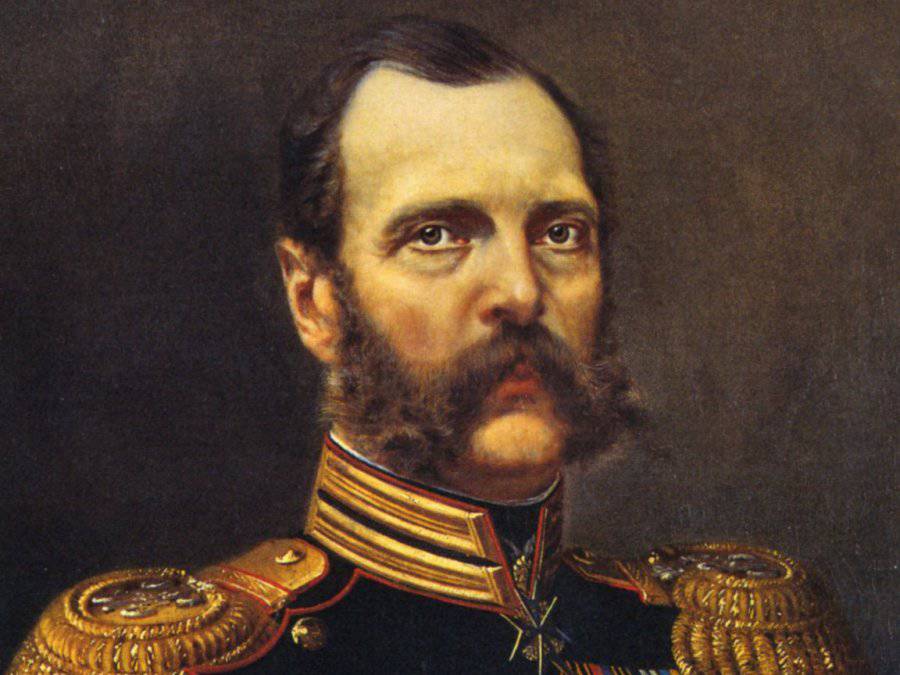

Information